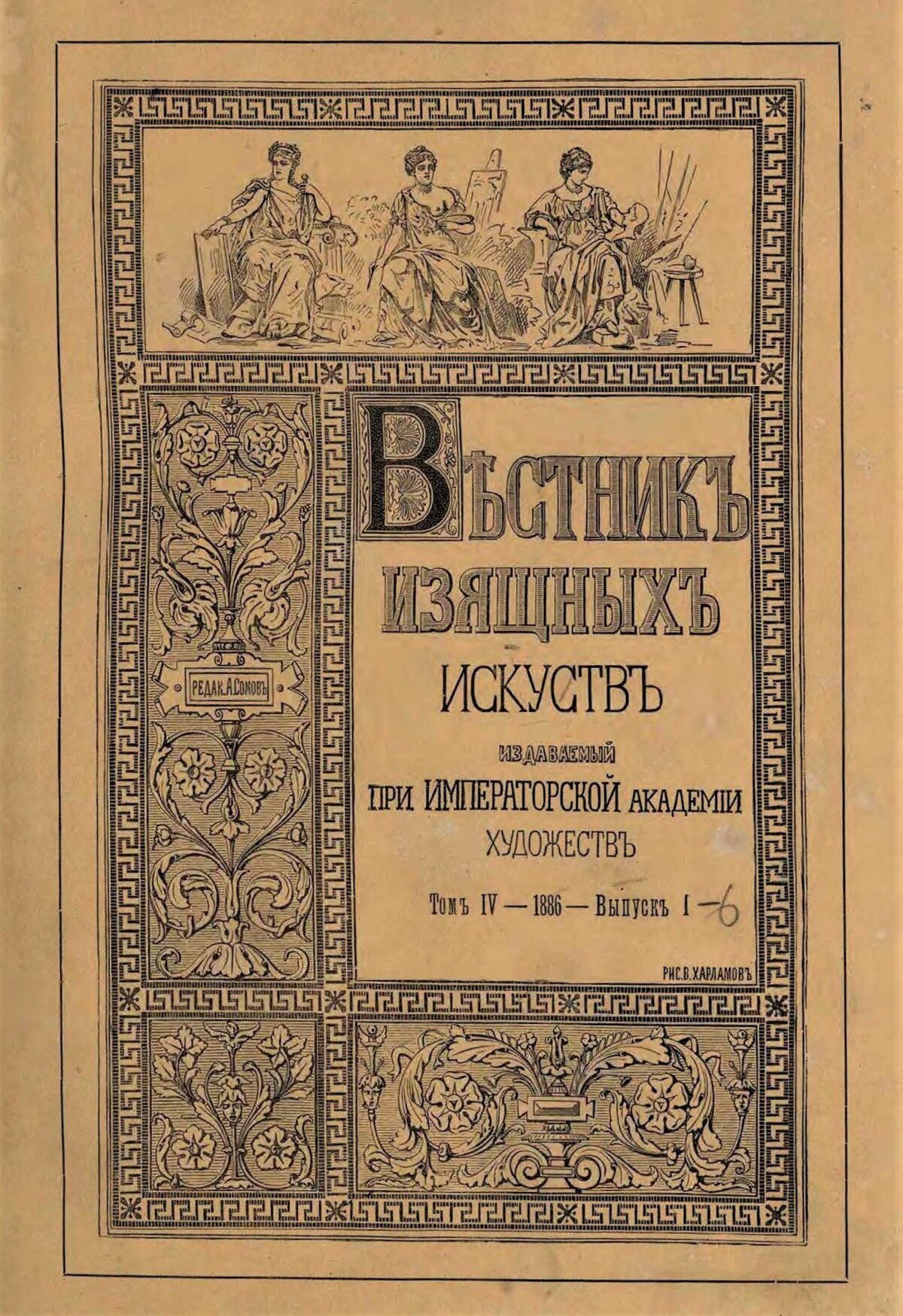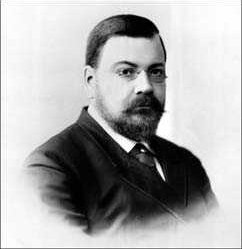Хмерское искуство / Khmer Art
by N. V. Sultanov
The first major study on Khmer arts and culture in the Russian language.

- Publication
- ВѢСТНИКЪ ИЗЯЩНЫХЪ ИСКУСТВЪ (Vestnik Iznyashnikh Iskutsv, Bulletin of Fine Arts), Saint-Petersburg, V.1-T4-Iss.1-pp 1-25, V.1-T4-Iss.6-pp 421-33 | ADB Documents RU5
- Published
- 1886
- Author
- N. V. Sultanov
- Pages
- 42
- Language
- Russian
pdf 12.9 MB
The author of this historic study was obviously a specialist in architecture and sculpture (the 2d part of the essay is entirely devoted to Khmer sculpture in situ), and he opened his articles with a luminous quote from the great Russian writer Gogol: ‘Архитектура — тоже летопись мира. Oна говоритъ тогда, когда уже молчатъ пеcни и nредания, и когда уже ничто не говоритъ о nогибшем народ.’ (‘Architecture is also the chronicle of the world. She speaks out when songs and legends have long kept silent, and when nothing tells us of vanished nations anymore.’)
It is important to note that the two articles were the main features of the recently launched Bulletin of Fine Arts (Vestnik Iznyashnikh Iskutsv), publication of the Imperial Academy of Fine Arts in St. Petersburg, and that they were published four years before Tsarevich Nikolai’s visit to the Kingdom of Siam (1890−1891), which awakened the attention of the Russian public to Southeast Asia. They also predate the actual travel books by Grigory de Vollan and Prince Konstantin Viazemsky across the region.
The impact of the 1878 Paris Exposition Universelle on the author is palpable: that was the first time the European intellectual and artistic elites had a almost direct access to Far Eastern cultures, in particular the Ancient Khmer civilization. The author remarks: “Just as the Russian researchers presented the educated world with the art of Tamerlan’s heritage, so the French presented Europe, at the 1878 Parisian World Exhibition, with samples of the art of Indo-China.” The St. Petersburg Vestnik had a correspondent in Paris, a ‘M. Vachon’ (1).
Naturally, the French Orientalists and archaelogists are the main sources of the study, in particular Abel Rémusat (who had recently discovered Zhu Dagan’s written account of his visit to Angkor), Henri Mouhot and Louis Delaporte. Doudart de Lagrée Mission d’exploration du Mékong is also referred to.
Also of note is the attention devoted to less famous temples, such as Prasat Preah Thkol (Preah Kanh of Kompong Svay). And in closing, the author convincingly expresses his wish that ‘созданіямъ хмерскихъ артистовъ было о‑ведено надлежащее мѣсто въ исторіи художествъ’ (‘their right place in the History of Art be assigned to Khmer artists’).
Angkor Database Input:
- This is the firt re-publication of the integral two-parts article. Thanks to the team of the Presidential Library of Russia.
- About the author, Elena Zapadova noted in 1988 that ‘этой серьезной работе’ была основана статья H.В.Султанова (к сожалению, других работ Султанова найти не удалось) [‘This serious work was the main article by N.V. Sultanov (unfortunately, no other works of Sultanov can be found)]. See our conjecture in the biographical note below.
- (1) ‘M. Vachon’ was probably the art historian and artist Marius Vachon (1850−1928), who wrote a monography on the foreign artists exhibiting at the Paris Exposition Universelle, and later on specialized in architectural interior design.
Tags: Russian researchers, Khmer arts, sculpture, architecture
About the Author

N. V. Sultanov
In 1886, a N.V. Sultanov published the first major scientific research on Khmer Art in Russian, in the Bulletin of the Imperial Academy of Arts (Xмерское искусство). Soviet and Russian historians have never identified the author so far. Our guesswork is that he might have been N.V. Sultanov, the acclaimed architect and architecture historian, who would have been 36 years old then.
Nikolai Vladimirovich Sultanov (Султанов Николай Владимирович, 28 Jan. 1850, Prudki, Russian Empire — 15 Sep. 1908, Wiesbaden, Germany) was a Russian architect, architecture historian and restorer.
A member of the Saint Petersburg Institute of Civil Engineers, his main work as architect-in-chief was the Peter & Paul Cathedral in Peterhof (1894−1905), designed to the forms of the 16th-17th centuries Moscow architecture, and the St.Vladimir Church (1902). He studied Ancient Russian architecture, in particular in the essay Samples of Ancient Russian Architecture in Miniature Images (Образцы древне-русского зодчества в миниатюрных изображениях), and translated into Russian the book of the French theorist and historian of the architecture E. Viollet-le-Duc, L’Art Russe.



